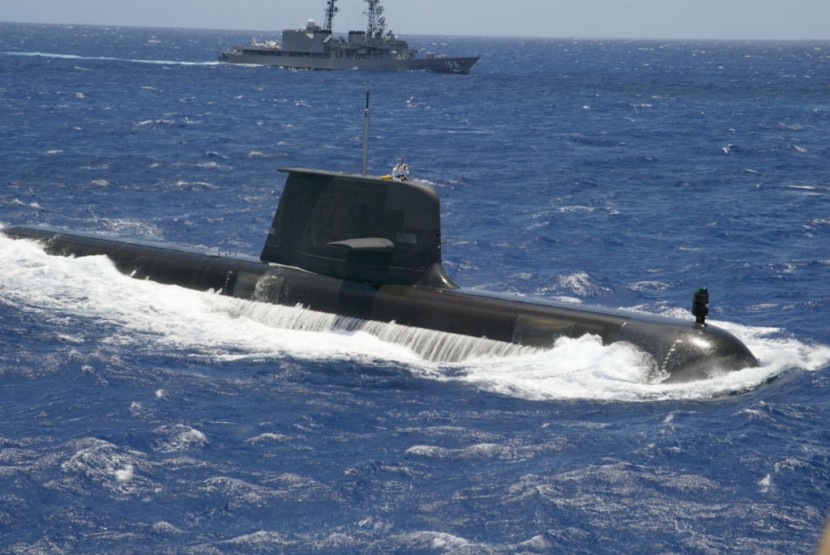
The United States Navy has embarked on a comprehensive and ambitious project to overhaul its Cold War-era submarine detection system in the Pacific Ocean.
As China bolsters its naval capabilities and becomes more assertive in the region, a robust and technologically advanced undersea surveillance system has become imperative, as per the Straits Times.
US Navy's Response to China's Naval Advancements
The US Integrated Undersea Surveillance System, initially created during the Cold War to counter Russia's naval capabilities, is undergoing a significant transformation to meet the evolving challenges of today's maritime environment
The US Integrated Undersea Surveillance System has a storied history, dating back to its inception in the 1950s as a top-secret program. Its primary objective was to monitor and counter the naval activities of the Soviet Union during the Cold War.
This once-secretive initiative is undergoing a dramatic facelift, driven by the need to adapt to contemporary maritime challenges. The modernization effort is multifaceted, focusing on enhancing surveillance capabilities while introducing cutting-edge technology.
One of the critical aspects of this initiative is reducing the size of surveillance cables while expanding their coverage area, according to Fox News.
US Technology Export and AI Integration
Additionally, the United States is exporting this technology to its ally, Australia, to strengthen regional security cooperation. A groundbreaking aspect of the modernization plan involves incorporating artificial intelligence (AI) into the surveillance system.
AI will be deployed to analyze surveillance data for anomalies and potential foreign vessels swiftly, surpassing human analysts in speed and accuracy. This development represents a significant leap forward in the Navy's ability to monitor and respond to emerging threats in real time.
The hardware component of this modernization effort includes the deployment of fleets of unmanned drones that patrol strategic areas in the Pacific Ocean, searching for signs of enemy submarines. These drones operate in tandem with portable sensors that can be placed on the seafloor, functioning as underwater satellites.
This flexibility allows for deploying surveillance assets wherever they are needed most. To gain insight into this top-secret program, Reuters conducted interviews with numerous individuals within the Navy and its contractor network and reviewed hundreds of Navy contracts.
The investigation identified more than 30 deals related to the surveillance program, involving established defense giants and innovative startups specializing in unmanned sea drones and AI processing.
The Navy's current strategy encompasses a multifaceted approach to submarine detection. It includes the deployment of unmanned sea drones, placing portable "underwater satellite" sensors on the seafloor for continuous submarine surveillance, using satellites to track ships via radio frequencies, and integrating AI software for rapid maritime intelligence analysis.
This comprehensive approach underscores the Navy's commitment to enhancing its undersea surveillance capabilities. The urgency of the US Navy's modernization efforts is further underscored by China's increasingly assertive posture in the Pacific region.
China's ambitions extend beyond territorial disputes, notably its ongoing tensions with Taiwan, and encompass its maritime espionage program known as the "Great Underwater Wall."
Currently under construction, this network consists of sonar-equipped cables laid along the South China Sea seafloor, a region marred by territorial conflicts. In addition to the "Great Underwater Wall," China is actively developing a fleet of underwater and surface sea drones dedicated to submarine detection.
These developments are a significant cause for concern, given that China's maritime interests extend into the Pacific Ocean. The China Academy of Sciences, a state-run organization, disclosed its operation of two underwater sensors in 2018, one located in the Mariana Trench's Challenger Deep and the other near Yap, an island in the Federated States of Micronesia.
While China maintains that these sensors serve scientific purposes, US Navy sources suggest they could be used to monitor submarine movements near the US naval base on Guam, a crucial Pacific island territory, WIO News reported.
© 2026 HNGN, All rights reserved. Do not reproduce without permission.








